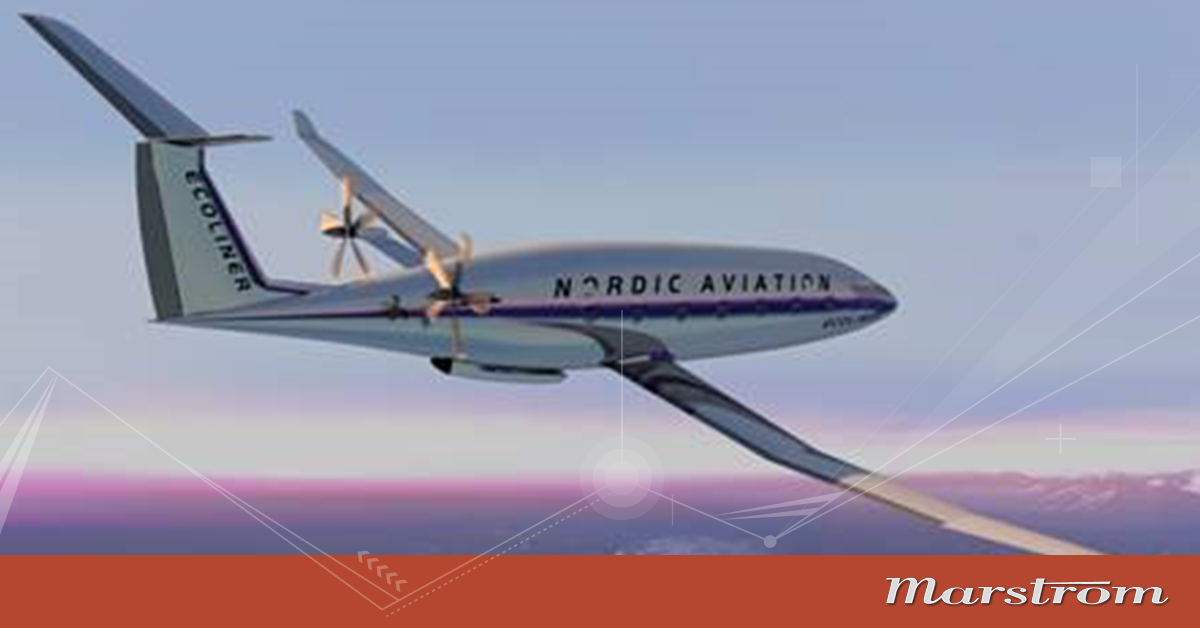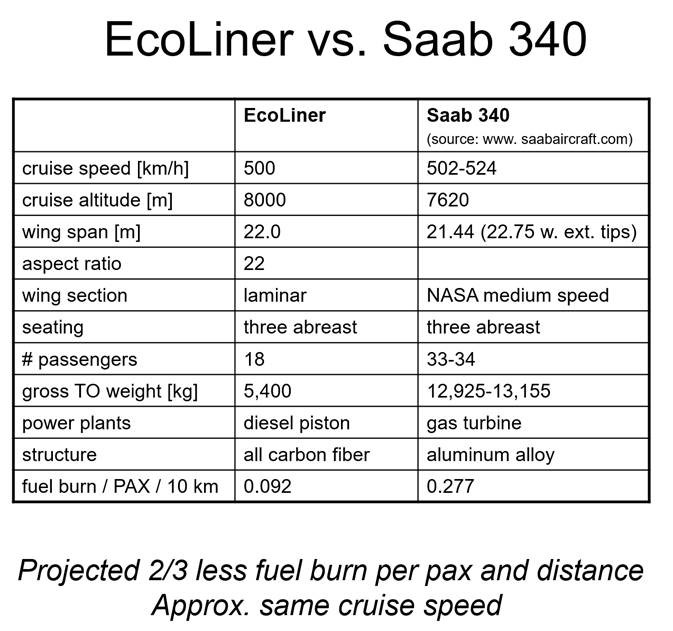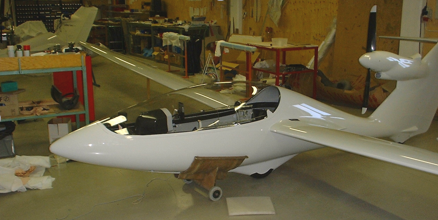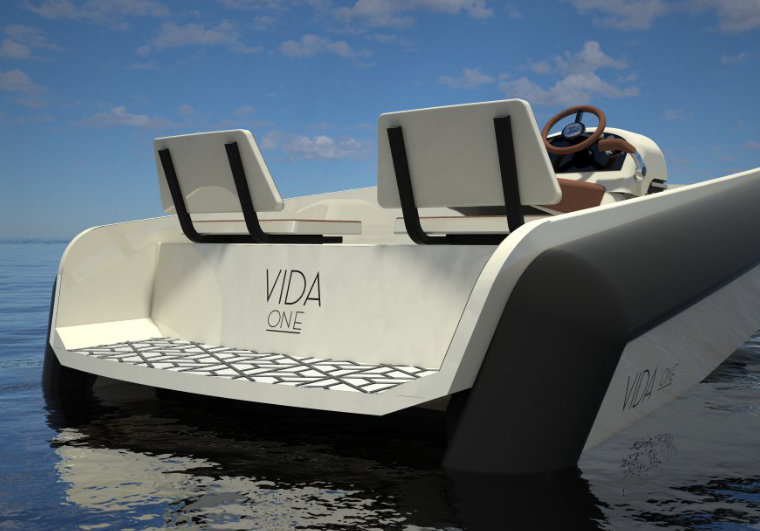
Flying has historically been both close to nature and regarded as an ecological threat: the dream of flying like the birds and the vision of a high altitude polluting jet. What if we rethink flying? We let it tale a bit more time – 500 km/h flying the birds way is still pretty fast! We build with modern technologies. We adapt aerodynamics to a new set of Parameters. What do we get? A vehicle consuming less fuel per passenger kilometer than the most fuel efficient cars on the market – with all seats occupied - approaching that of a typical long distance buss.
Factor in that an airplane flies the way the birds do: the shortest distance and the fact that you fly over ecosystems rather than cutting through them. Also consider the environmental consequences of building roads and railways compared to the ecological footprint of an airport. Especially when it comes to travelling to remote less densely populated locations flying – the right way – may be alternative with the least ecological impact: we are usually one or two persons in a car rather than travelling fully packed.
The EcoLiner project was a collaboration between the legendary late areodynamicist Sven Olof Ridder, Prof Joachim Grenestedt, Windex air and Marstrom starting up in the early 00’s. After building an electrical demonstrator using the Windex 1200 motorized glider as a base the objective was to build a 1:2.2 scale demonstrator to overcome the lack of suitable windtunnels which where all adapated to the needs of conventional aircraft design.
Finances made the project stillborn. Perhaps this is the time to pick up on what can become a key aspect of a sustainable society. Flying like the birds, energy efficiently and in harmony with nature. Ridders vision for a passenger plane is now 20 years old yet more modern and relevant than ever!






